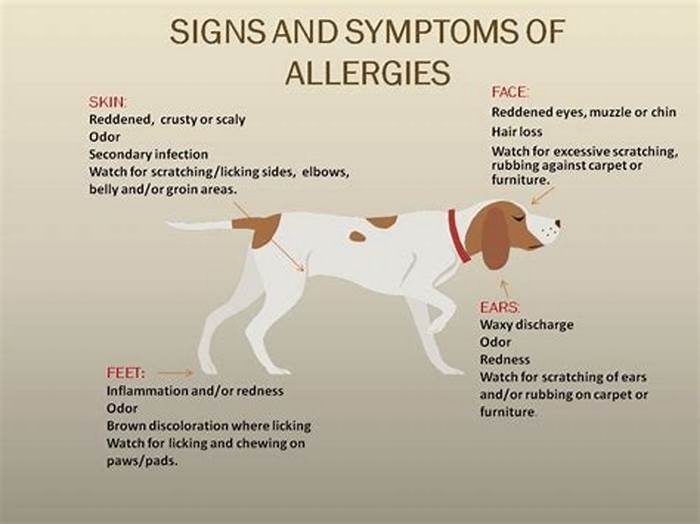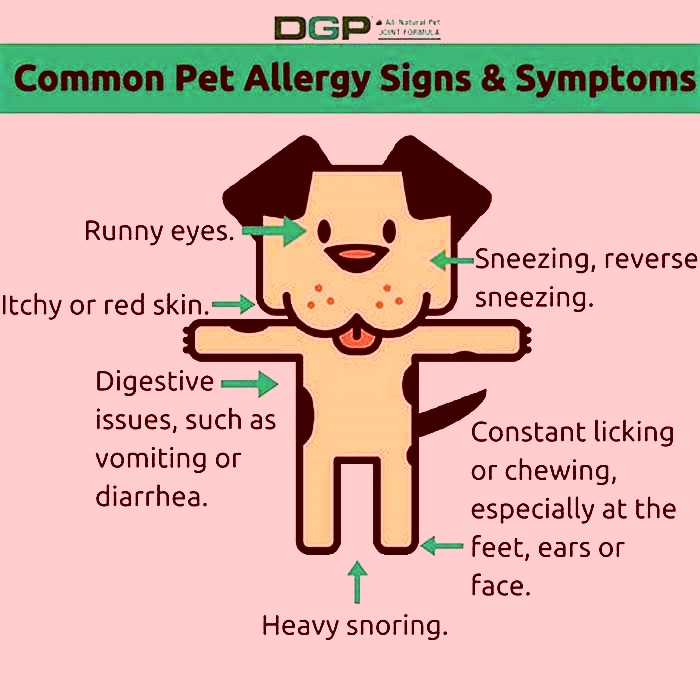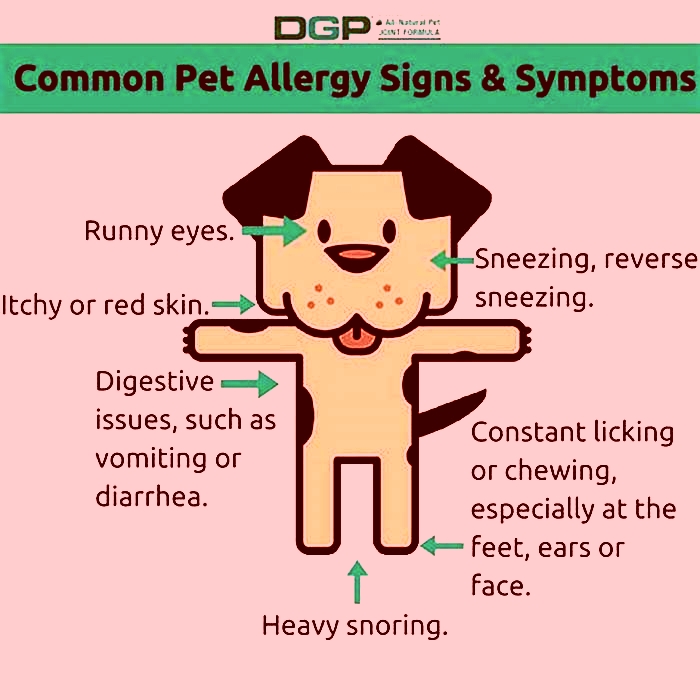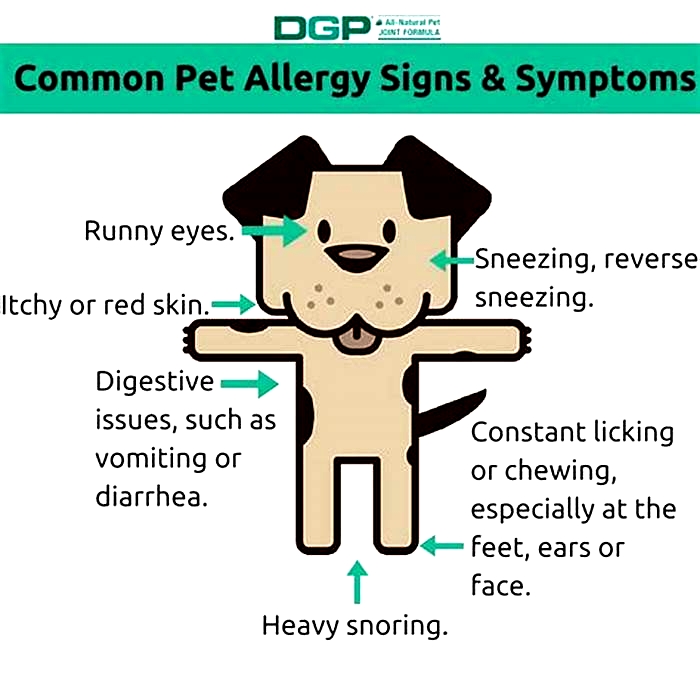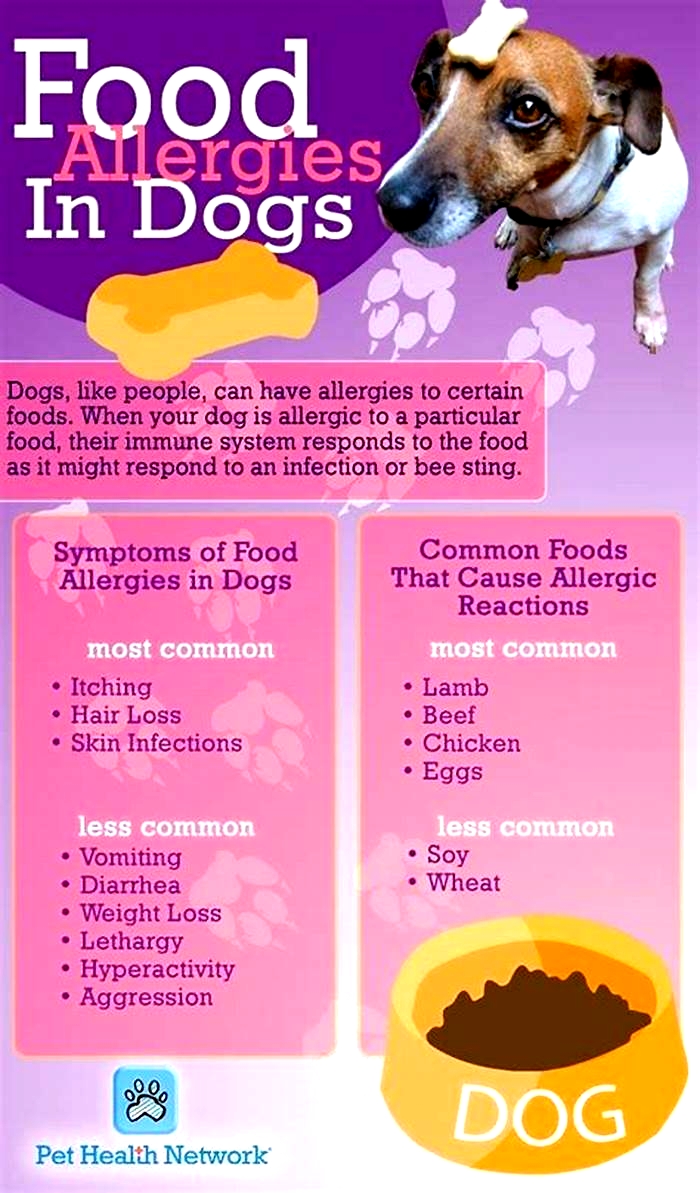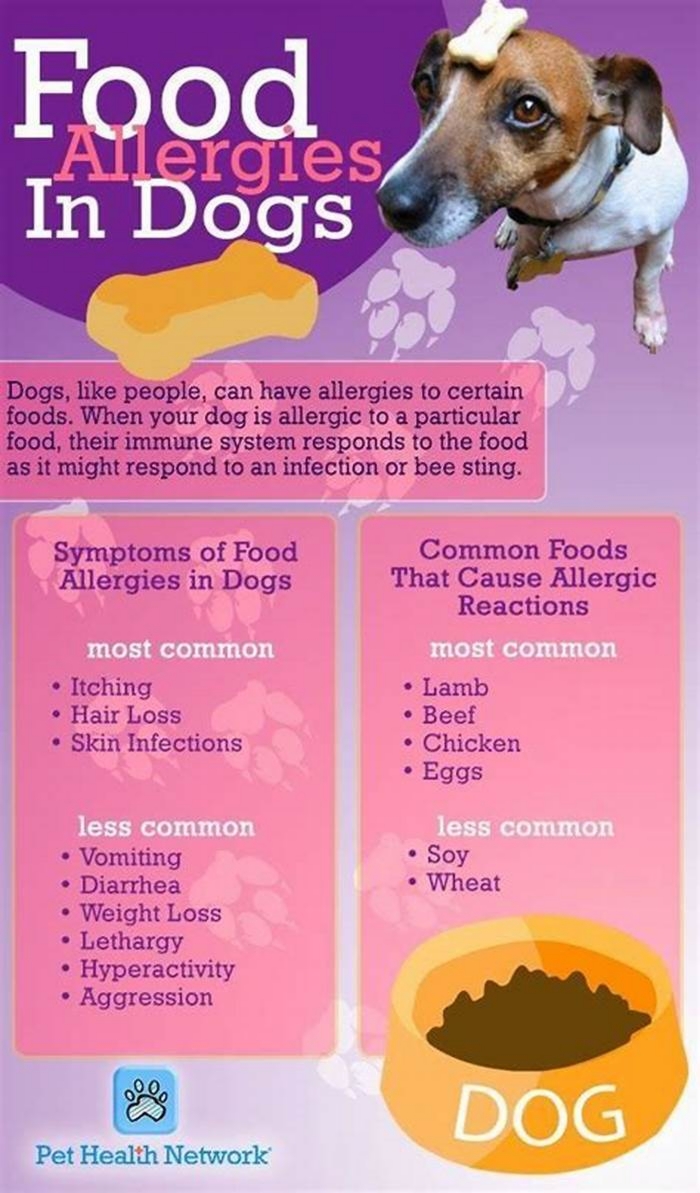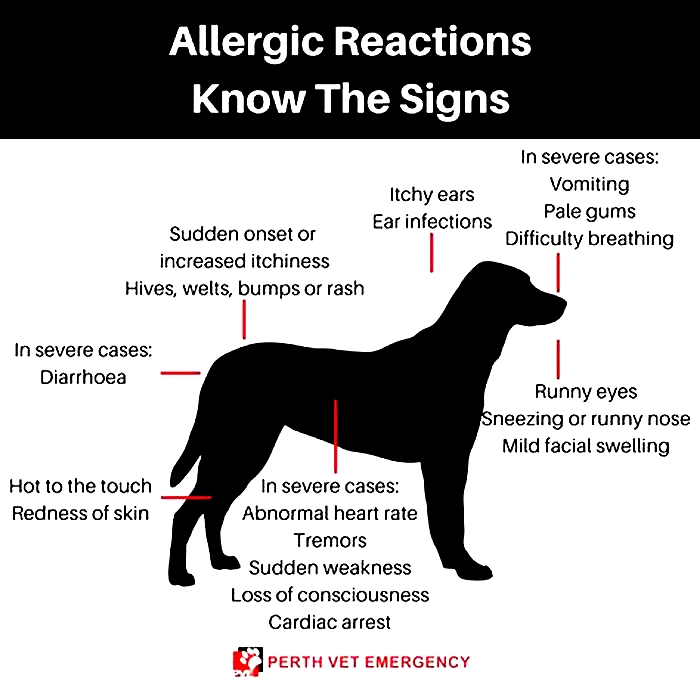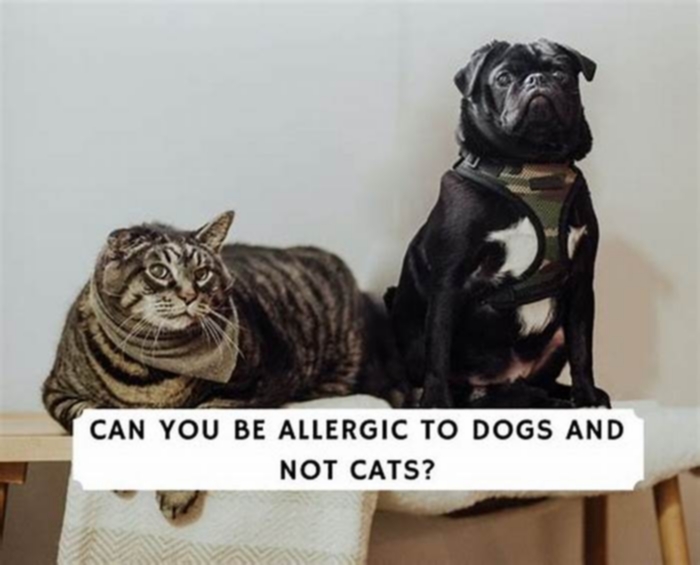Why am I allergic to some dogs and not others
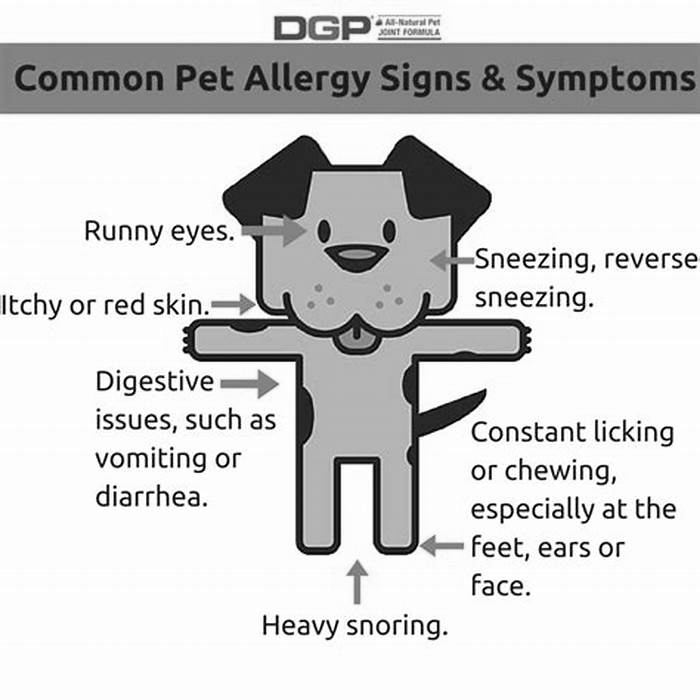
Why do people get allergic to different types of dogs?
Why do people get allergic to different types of dogs?
With approximately one third of households in the U.K. owning a dog, managing a dog allergy can be challenging. The amount of people with allergies is also rising, with pet allergies affecting up to 20% of the global population, meaning that this is a substantial problem. Various solutions have been suggested, such as short-haired dogs, hypoallergenic dogs, or those with non-shed coats. But do these really make any difference?
What causes dog allergies?
Allergies are caused by your immune system overreacting to something that is not actually a threat, such as your dog. The immune system reacts to certain particles as if they are harmful, leading to an inflammatory response and the release of histamine.
Despite a common misconception, it is not actually dog hair which causes this reaction. The real culprit is a protein found in dog saliva and urine. There are six different proteins which have been found to cause allergies: Can f 1 6. These proteins often get stuck to dog dander flakes of skin from your dog, which can be found everywhere. Dander can be carried around on clothing and in the air. So amounts of dog dander can be found pretty much anywhere, including homes with no dog present. Although of course the amount of dander is significantly higher in dog-owning homes.
Are there any symptoms of dog allergies?
Symptoms of a dog allergy can take between minutes to hours to appear after exposure to an allergen. The dog itself doesnt necessarily have to be present. Allergens can be present in the air or in the environment, such as dander or saliva on clothing or furniture for example. Allergies can develop in children, or can develop later in life as adults.
The main symptoms are respiratory: sneezing, runny nose, nasal congestion and a cough or wheeze. Sore, itchy eyes are also common. Some people will have cutaneous reactions to dogs: red, itchy, sore skin where they have been in contact with a dog or its environment. These symptoms can appear individually or in combination, and can vary from mild to severe.
What dog breeds are hypoallergenic?
It is a common myth that certain breeds of dog are hypoallergenic and therefore perfectly fine to own if you have a dog allergy. Or that short-haired breeds are better, or those breeds that dont shed their coats. Many breeds are now being sold as hypoallergenic, and therefore suitable to be owned by people with dog allergies. This is not, however, backed by scientific research. In fact, a 2012 study found that levels of Can f 1 (a main canine allergen) were actually higher in these hypoallergenic breeds such as Poodles and Airdale Terriers than in traditional shedding breeds such as the Labrador Retriever.
Recent research has found that people who have dog allergies may not be allergic to all dogs.
One of the six problematic proteins, Can f 5, is produced in the prostate gland of male dogs. A certain proportion of dog allergy sufferers only react to the specific protein Can f 5. And therefore might cope perfectly well with a female dog who wouldnt be able to produce Can f 5 as they have no prostate, or a castrated male, who will produce much less. A study in 2019 found that children with a hypersensitivity to Can f 5 reacted differently to female dogs compared to male dogs.
The difficult thing is that the amount of allergen protein, and the different types of protein produced vary between individuals even of the same breed.
Combine that with the fact that allergy sufferers all react to different combinations of Can f proteins, and youre left with a very unpredictable response. Some people with dog allergies will react badly to one dog, whereas another sufferer may be fine. One person may struggle to be around one Labrador, but be absolutely fine around another. Its hard to predict, as there are so many contributing factors. Immune systems are very variable in their response to perceived threats.
Short-haired dogs and dogs who dont shed vast amounts of hair tend to cause less reaction because the amount of dander shed into the environment on their hair is reduced. People with allergies might therefore cope better in an environment with a short-haired or non-shedding dog. But allergies can still be triggered by any dog.
What can I do if I have a dog allergy?
Living with allergies is an ongoing battle. But there are measures to be taken to help reduce the pressure on your immune system. If you dont own a dog, try and avoid visiting dog-owning households, or ensure good ventilation to keep circulating dander levels low.
If you own a dog that you react to, there are still multiple things you can do to reduce the amount of dander and saliva in your home.
- Limit the access of the dog to certain rooms, such as bedrooms. This can hugely help to reduce your exposure to allergens. However, dander can spread easily on clothing and in the air, so measures need to be kept quite strictly for this to work.
- Bathing and grooming these dont reduce the amount of proteins produced, but can remove them in a controlled manner so that there is less hair and dander floating around the home. Speak to your vet about an appropriate regime, as too much bathing can dry out your dogs skin.
- Household cleaning regular vacuuming, wiping surfaces and washing of bedding will reduce the amount of dander in the environment. Use a vacuum cleaner with a high-efficiency particulate air filter (HEPA).
- Improve ventilation open windows as much as possible. Use a HEPA filter in the house and use laminar airflow over beds at night.
If you have a severe allergy though, do seek medical advice from a (human) doctor or health professional!
Dog allergies sadly affect a significant proportion of the population, and therefore it is understandable that many households seek a canine pet who will not trigger those affected. However, the science behind hypoallergenic breeds is sadly lacking. There is some truth that short-coated and low-shedding breeds may cause less problems, but there are many variables that make allergies very unpredictable. If you are allergic to dogs, there are some simple tricks you can use to help reduce your exposure to allergens, and therefore hopefully lessen your symptoms.
References
- Schoos, A.M., Chawes, B.L., Bloch, J., Hansen, B., Stokholm, J. & Kristensen, B., (2020) Children monosensitised to Can f 5 show different reactions to male and female dog allergen extract provocation: a randomized controlled trial. J Allergy Clin Immunol. 8(5) pp. 1592-1597
- Vredegoor, D.W., Willemse, T., Chapman, M.D., Heederik, DJ & Krop, E. (2012) Can f1 levels in hair and homes of different dog breeds: lack of evidence to describe any dog breed as hypoallergenic. J Allergy Clin Immunol. 130(4) pp. 904-909
You might also be interested in:
Why Am I Allergic to Some Cats and Not Others? (Vet-Approved Facts)
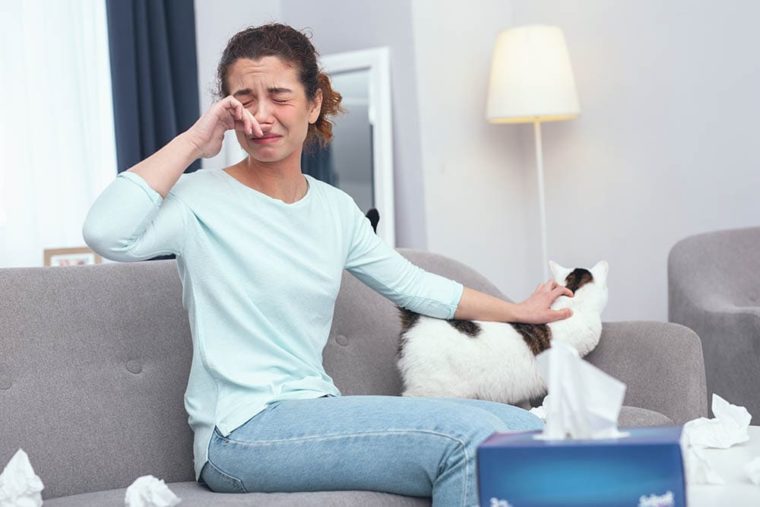
The information is current and up-to-date in accordance with the latest veterinarian research.
Learn moreDo your eyes itch and your nose run every time you come into contact with a cat or a person who owns cats? If so, you are probably allergic to cats. But it is not the mere presence of the cat that causes your allergy nor is it their hair, but rather the proteins found in the cats dander, urine, and saliva. That said, cat hair floats in the air, making it the primary means of transport for those proteins. Allergen-carrying cat hair will end up in the environment on the objects that you come in contact with.
Hypoallergenic cats do not existthey are a myth! All cats can produce allergies in humans, but some pets produce more allergens than others.1 This is why some individuals develop an allergic reaction to certain cats and not all of them.
In cats, the dominating allergenic protein is produced by the sebaceous glands in the skin and the salivary glands.
Why Am I Allergic to Some Cats and Not Others?
An allergen is a harmless substance that the immune system sees as an enemy, triggering an allergic reaction. There are 10 known cat allergens that cause allergies in humans. The most commonly encountered is the protein secretoglobin Fel d 1. Its omnipresent in the United States (even in households that do not own cats)2 and is produced by the cats anal, salivary glands, and sebaceous glands. Intact or unneutered males produce more allergens than neutered cats.
All 10 proteins accumulate on your cats fur when they groom themselves. These remain on their fur and are released into the environment as your cat sheds hair and dander. Allergic people who come into contact with them will have a reaction.
Therefore, regardless of the cat breed or coat length, these pets have the potential to trigger an allergy.
What Are the Signs of a Cat Allergy?
Cats love to be clean! They groom themselves all day and thus fill their fur with allergens. Hair and dander are lightweight and end up in the environment on various objects that the cat comes into contact with. Allergens are also persistentthey have even been discovered in houses where no cat has lived for several years.
If you are allergic to cats, the allergens that reach the lungs combine with the antibodies that your immune system produces and cause the following clinical signs and symptoms:
- Sneezing fits
- Runny nose
- Stuffy nose
- Difficulty breathing
- Asthma
- Itchiness around the eyes
- Red and watery eyes
- Rash
- Scratching
- Excessive tearing
- Cough
- Neurodermatitis
- Hives
- Flatulence
- Nausea
- Vomiting
- Abdominal pain
- Migraines
Signs and symptoms usually appear shortly after coming into contact with the respective allergen. Other important signs of cat allergy are fatigue (especially manifested in the case of untreated allergies) and continuous coughing. Symptoms such as chills, fever, nausea, or vomiting are usually related to other health conditions rather than allergies.
The 7 Cats That Produce Fewer Allergens
Although there are no hypoallergenic cats, certain breeds produce fewer allergenic proteins than others. Here are seven cat breeds that are considered hypoallergenic.
1. Sphynx
This breed is known for being mostly hairless, so the allergenic proteins in their saliva cannot be trapped in their non-existent fur. That said, they will still groom themselves and get saliva on their skin.
2. Cornish Rex
Cats hair is usually arranged in three layers: the outer coat, the middle layer, and the undercoat. The Cornish Rex cat only has an undercoat, which means they have much less hair than other cats, so the risk of causing an allergic reaction is lower.
3. Devon Rex
This cat breed has the same type of fur as the Cornish Rex. The difference between these breeds is that Devon Rex cats have even less hair and do not shed much.
4. Oriental
Oriental cats have short, fine fur and shed very little. For best results, bathe your Oriental cat regularly to help remove loose hair and thus reduce the amount that they shed around the house.
5. Russian Blue
Although they have a rich coat, Russian Blue cats produce less Fel d1 protein. So, if you are thinking of getting a cat but are allergic, this may be a suitable breed for you!
6. Balinese
As with the Russian Blue cat, the Balinese cat produces less Fel d1 protein than most other cats.
7. Siberian
If you want a cat with rich and long fur that will not cause you to have so many allergic reactions, choose the Siberian cat because it produces less Fel d1.
How to Reduce a Cats Allergen Levels
Here are a few tips and tricks to help reduce your cats allergen levels:
- Bathe your cat twice a week with cat-safe shampoo, and make sure you rinse them well. Studies show that the accumulation of Fel d1 restores to its basal value within 2 days. Fel d1 levels are higher in the face area, so give it extra attention when you bathe your cat.
- Sterilize your cat.
- Wash your hands every time you touch your cat.
- Avoid touching your face.
- Vacuum and wash the floors as often as possible.
- Change bedding often.
- Use antistatic sprays to prevent dust from spreading.
- Replace your carpet because it attracts and hosts many allergens.
- Avoid heavy curtains because they attract dust.
- If you have a yard, create outdoor enclosures for your cat and encourage them to spend more time outside.
- Keep the litter box in a well-ventilated area.
- Use dust-free litter.
- Consult the doctor for an effective anti-allergic treatment.
Conclusion
A significant percentage of the population suffers from cat allergies, and it is common for allergic cat owners to have to give up their dear friends because of this. All cats, regardless of breed, can cause allergies. The primary cause of allergic reactions is the proteins found in the sebaceous glands of cats skin. There are 10 allergenic proteins in cats, but Fel d1 is the most common one that produces allergies in humans.
Cat hair and dander are the elements that lead to allergic reactions. The hair itself is only a vector for the allergenic proteins found in dander, saliva, and urine. Intact males are also considered more allergenic than neutered cats.
To reduce the allergens around you, bathe your cat regularly, vacuum the floors often, change the bedding frequently, and neuter your cat.
See also:
Featured Image Credit: Dmytro Zinkevych, Shutterstock

